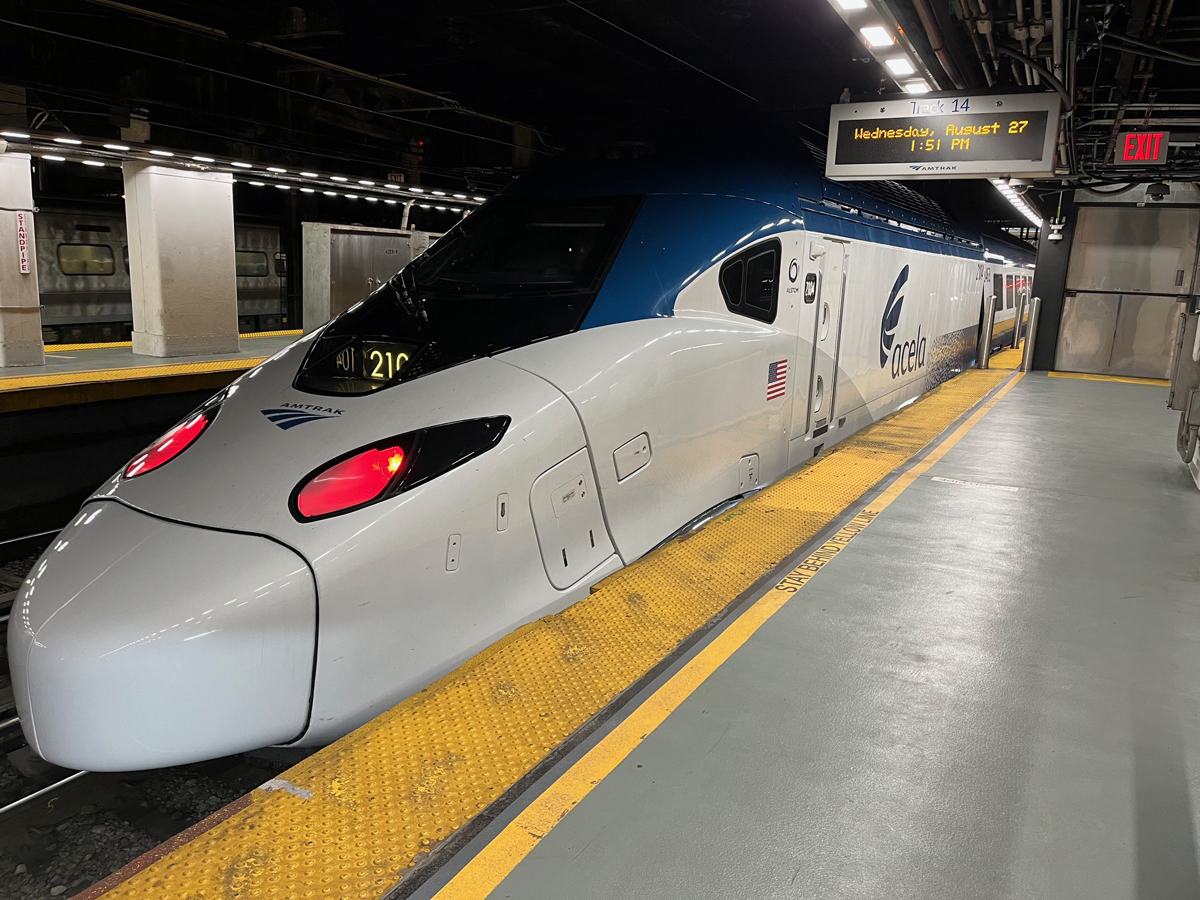
WASHINGTON — Amtrak has introduced its long-awaited NextGen Acela service between Washington and New York, with the first new trainsets departing today (Aug. 27, 2025) from Washington at 5 a.m. and Boston at 6 a.m. ET on trips for invited guests. Service for the general public begins Thursday, Aug. 28.
The first of what will eventually be 28 Alstom-built trainsets will debut with two round trips Sunday through Friday and a single round trip on Saturdays. Introduction of the new equipment will continue into 2027.
“These trains are beautiful, they are fast, they are state of the art, and they are American made,” Amtrak President Roger Harris said at a Washington press conference. “And best of all, beginning tomorrow, they are ready for service.”
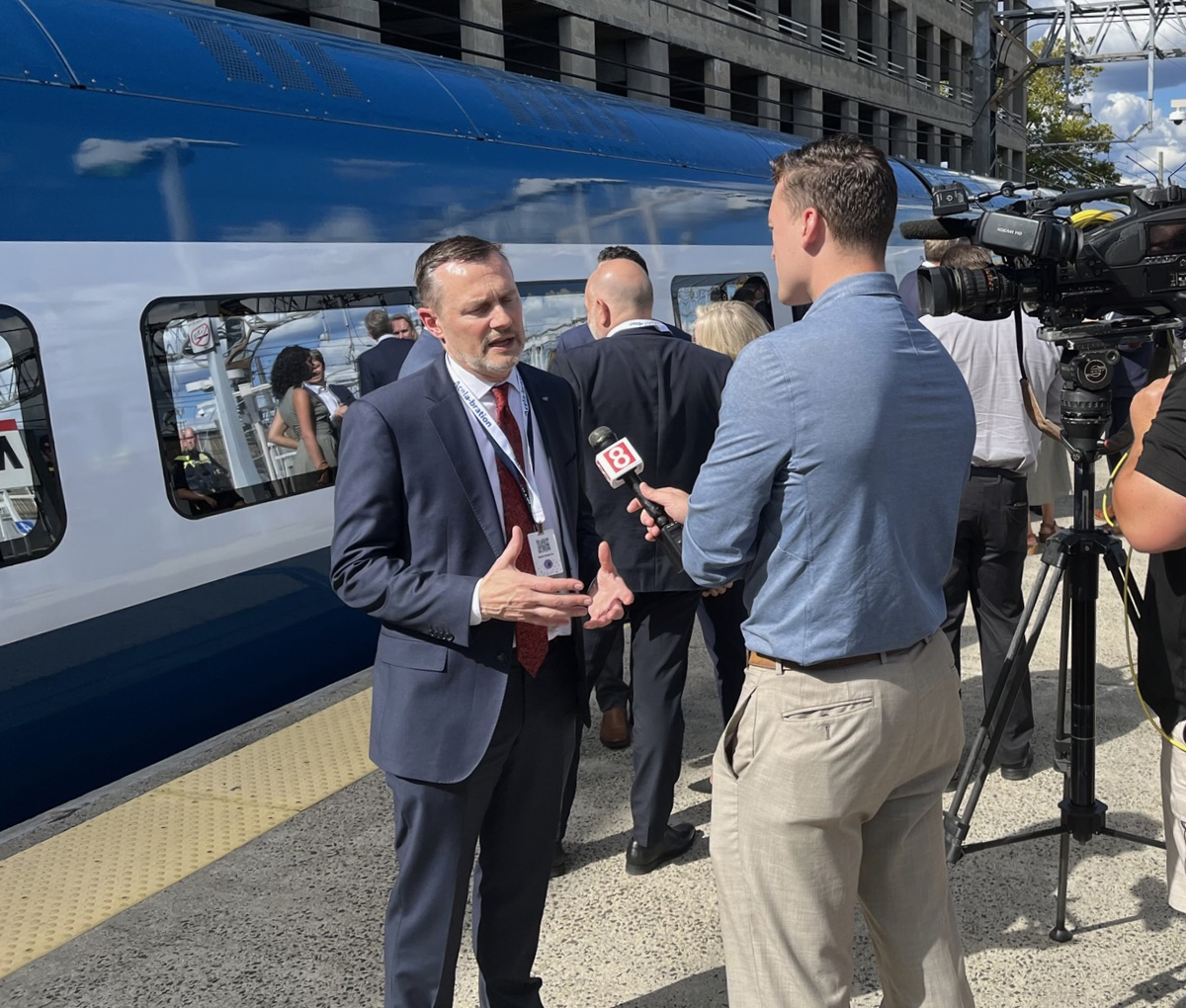
The new equipment includes 27% more seating than the first-generation Acelas, and the 28-train fleet will allow a 40% increase in Acela service. Built in Hornell, N.Y., they are based on the Alstom’s Avelia; more than 1,000 trainsets have been sold in 25 countries. Alstom says their active-tilt system allows speeds up to 30% than conventional high-speed equipment.
“From the moment our guests step onboard, they’ll feel the difference of a NextGen Acela train thanks to a more modern, premium, and elevated experience,” Tony Coscia, Amtrak board chair, said in a press release.
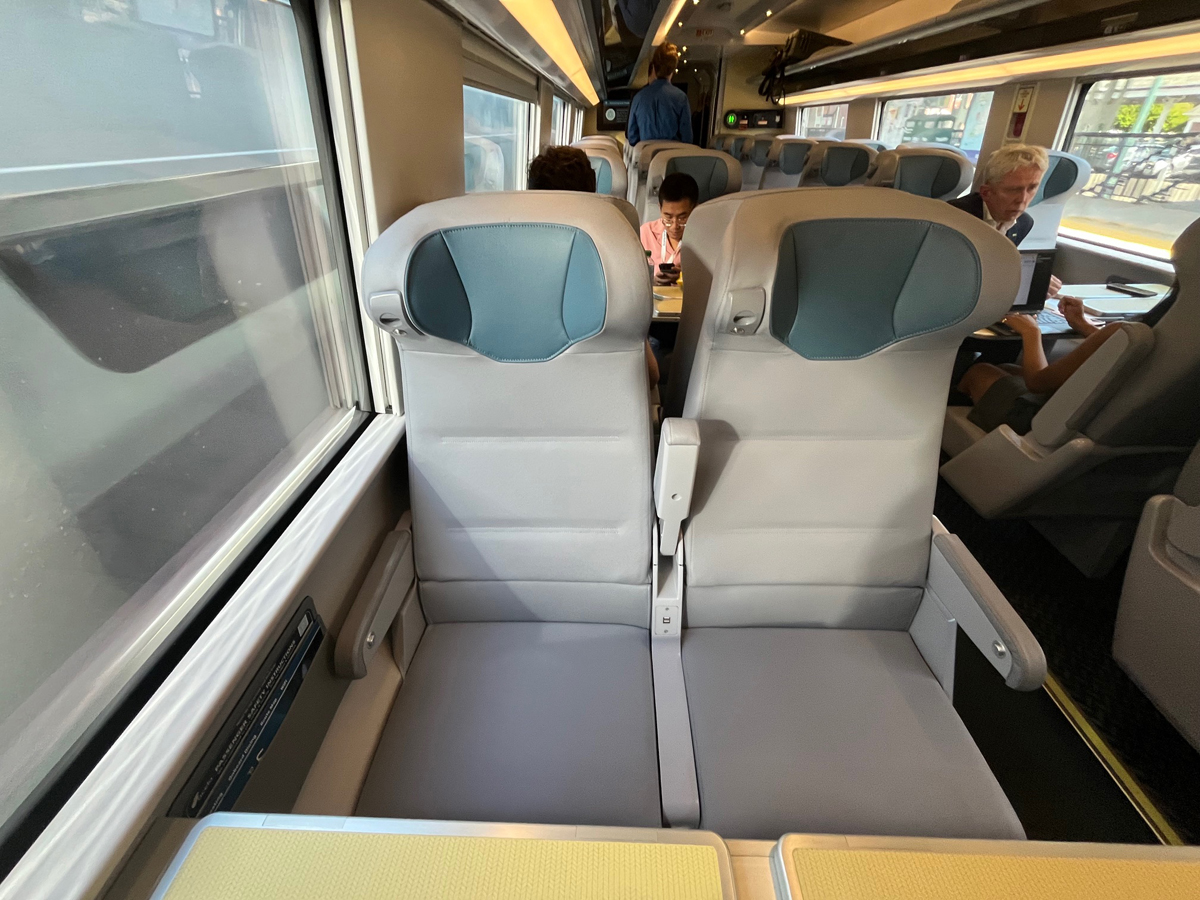
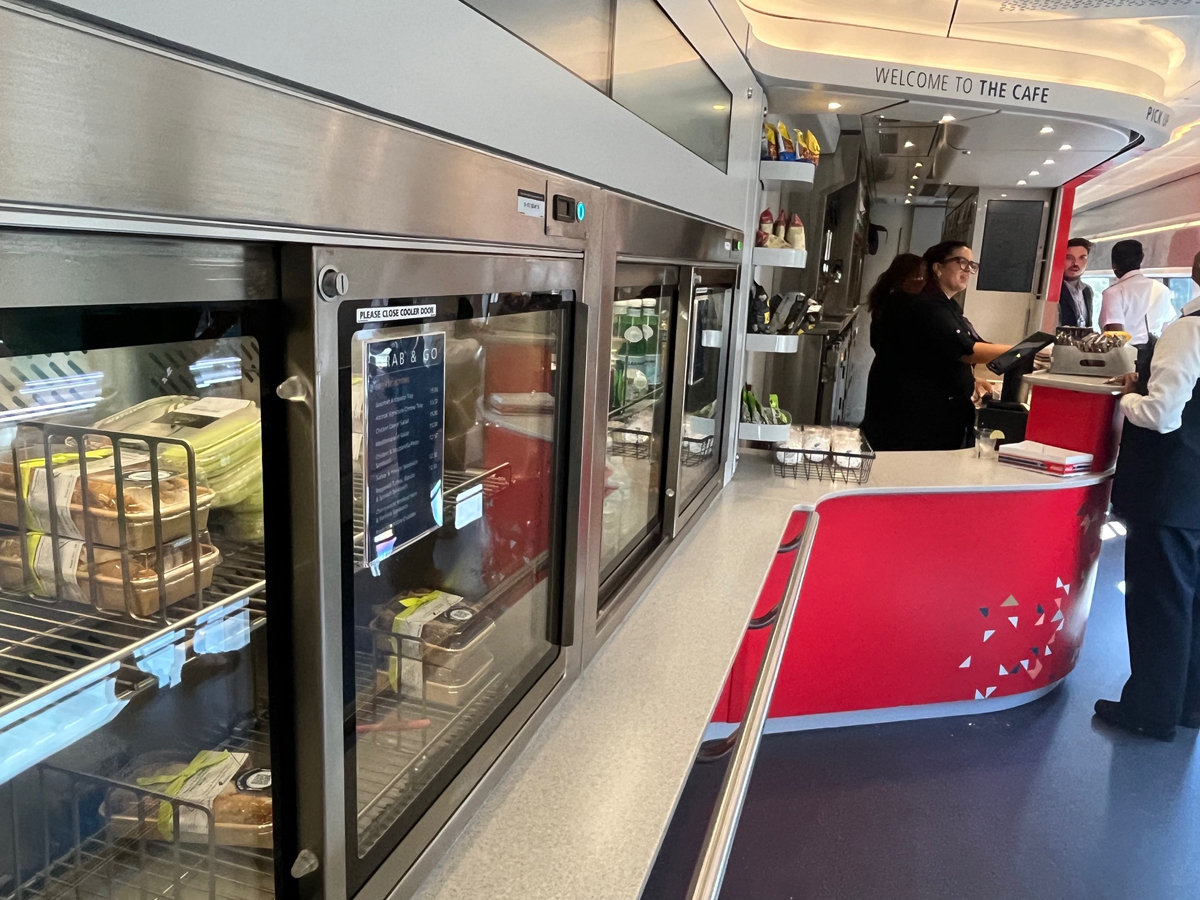
Transportation Secretary Sean Duffy said at the press conference that the new trains will provide “a better experience for the riding public.
“I would love to see high speed rail in America,” Duffy said. “… This is, at 160 mph, one great step in that process.”
Alstom CEO Henri Poupart-Lafarge said in a press release, “The NextGen Acela trains are the first high-speed trains built in America. The team at Alstom has brought nearly five decades of global experience in high-speed rail to the United States to deliver the fastest and most technologically advanced trains in the nation.” Michael Keroullé, president of Alstom Americas, called the trains’ debut “a pivotal moment for American rail.
“These trains, built by skilled American workers in Hornell, are not just about speed,” Keroullé said. “They symbolize our dedication to bringing the world’s best rail technology to the United States and supporting economic growth across the nation.”
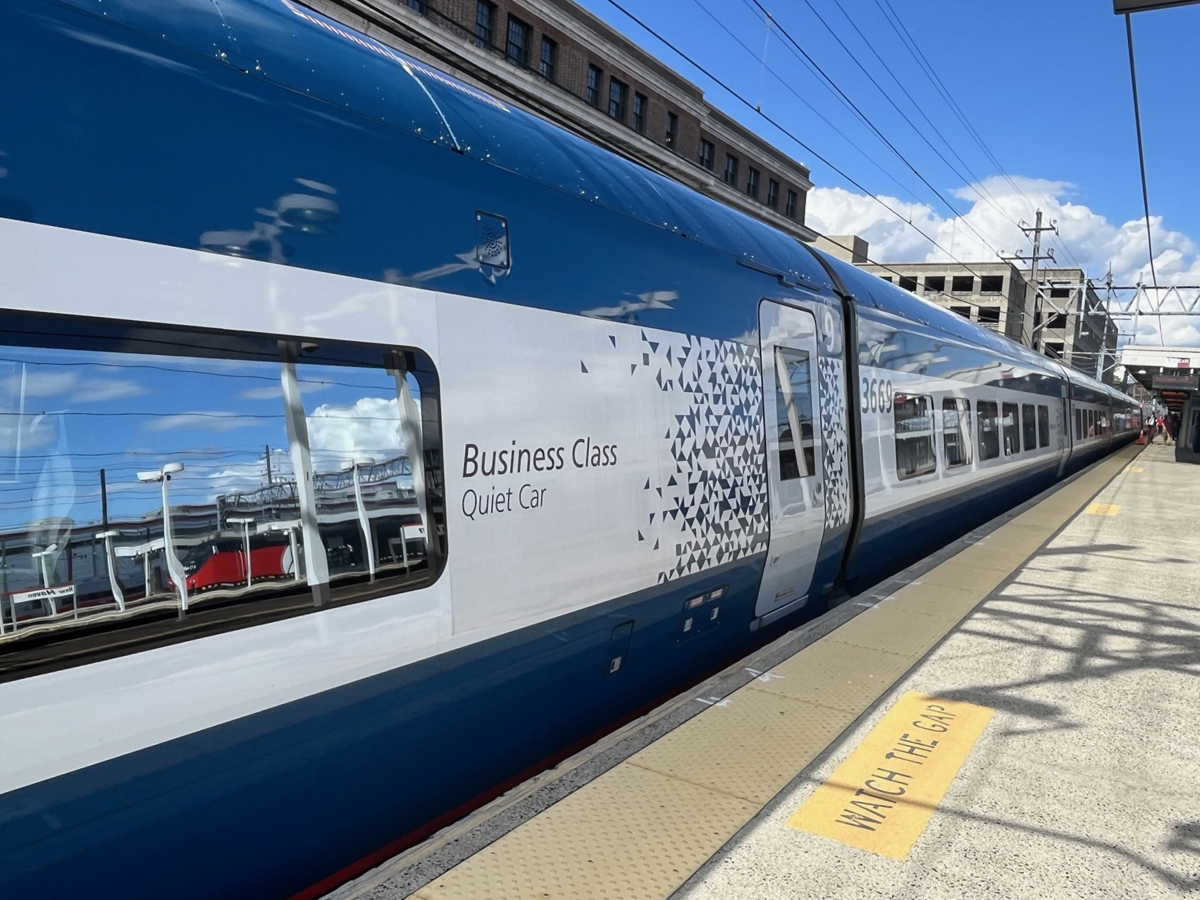
The trains’ debut comes just over nine years after Amtrak and Alstom announced plans for the new equipment [see “Almtrak, Alstom reach $2.45 billion deal,” Trains.com, Aug. 16, 2016], and four years after they were initially projected to enter operation. Known difficulties that led to the delays include issues with the trains’ pantographs, which initially would sometimes lose contact with the catenary wire; pandemic-related difficulties; wheelset issues; and problems with computer modeling of the trains’ performance, a required step in the certification process. The delay forced Amtrak to extend the use of the first-generation Acelas, introduced in 2000, beyond their intended lifespan, a process that led to increasing reliability issues and saw four trainsets cannibalized for parts.
The new equipment is initially scheduled to run on weekday trains Nos. 2153, 2154, 2170, and 2173; Saturday trains 2250 and 2251, and Sunday trains 2248, 2258, 2259, and 2271. A “NextGen” icon identifies those trains on Amtrak booking platforms.
— Updated at 6:45 p.m. CT with additiional photos. Trains passenger correspondent Bob Johnston will have further coverage of the Acela debut on Thursday as the trains make their revenue debut, with additional reporting to follow.








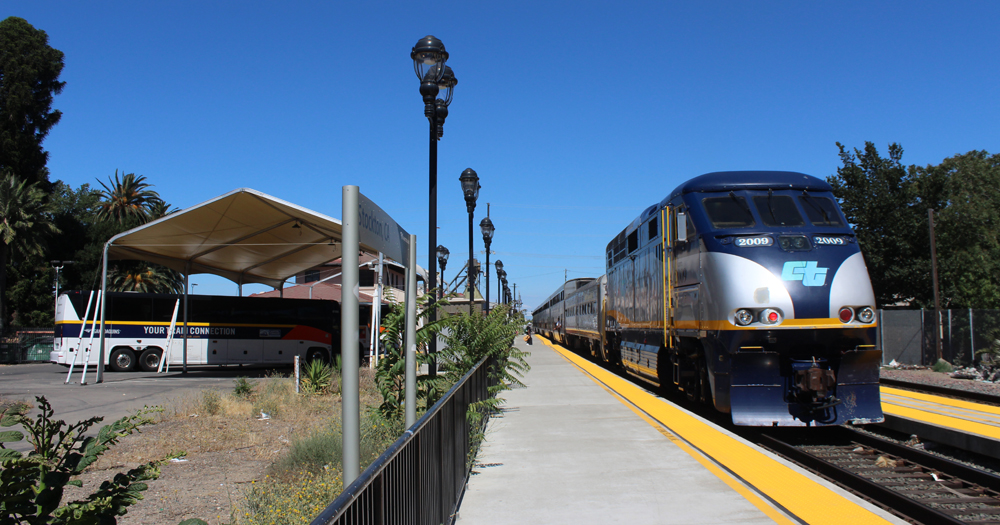
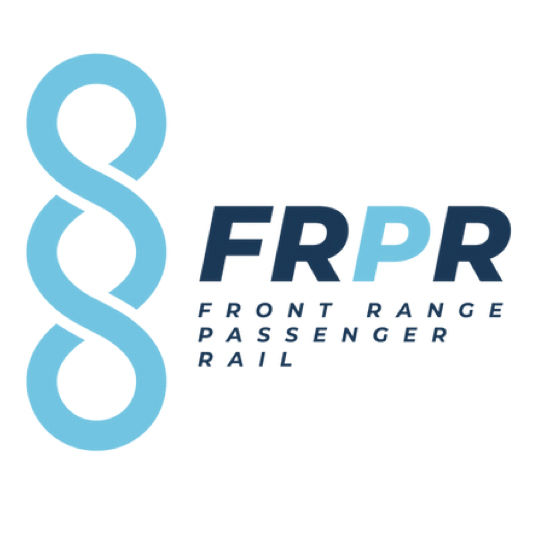
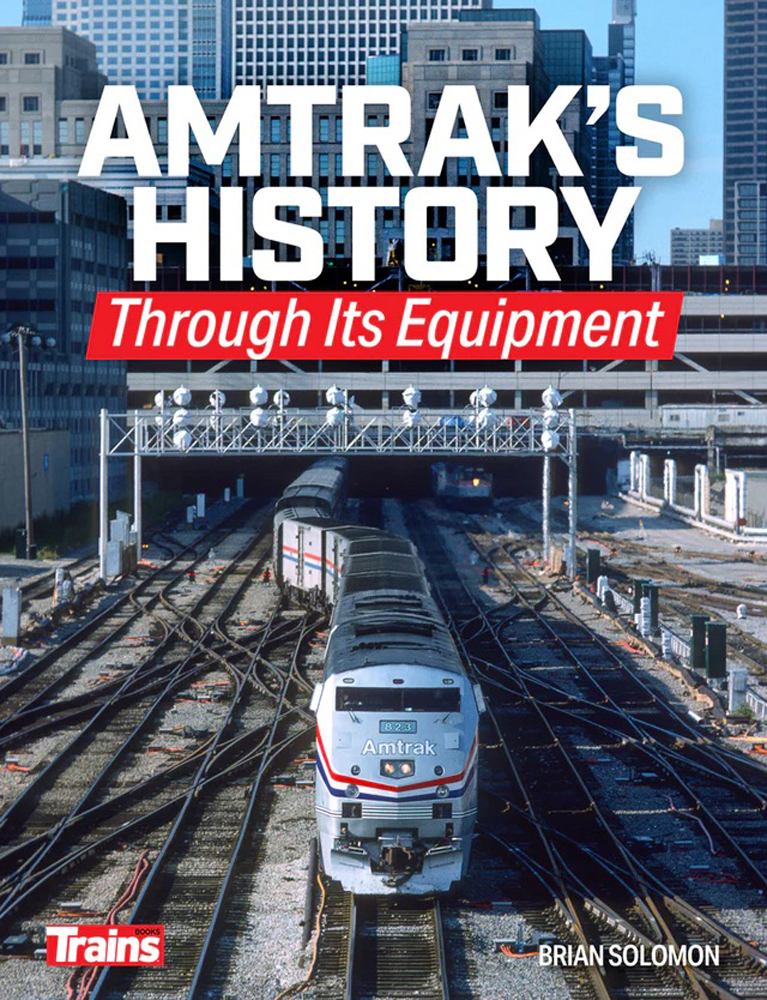
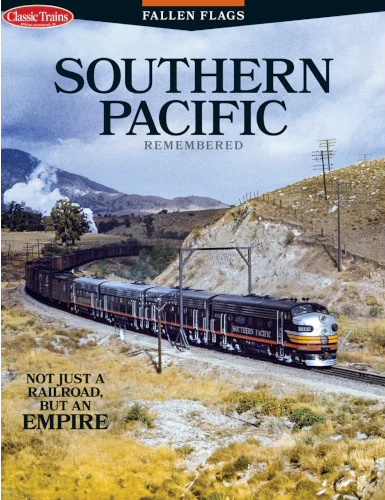
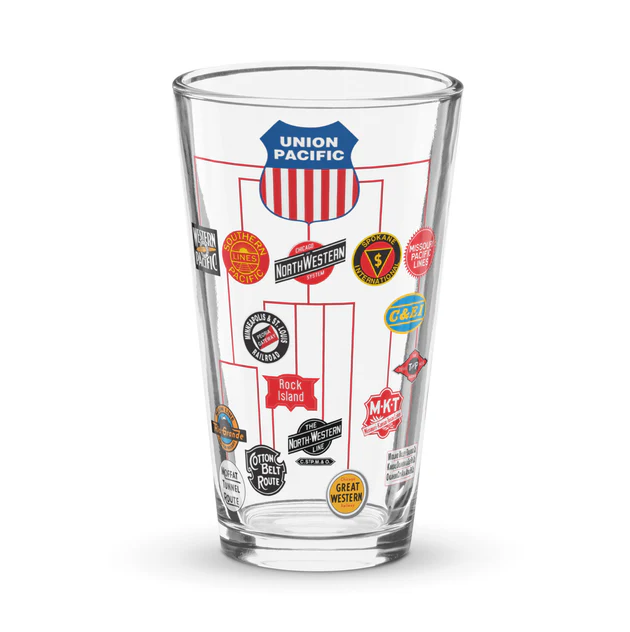
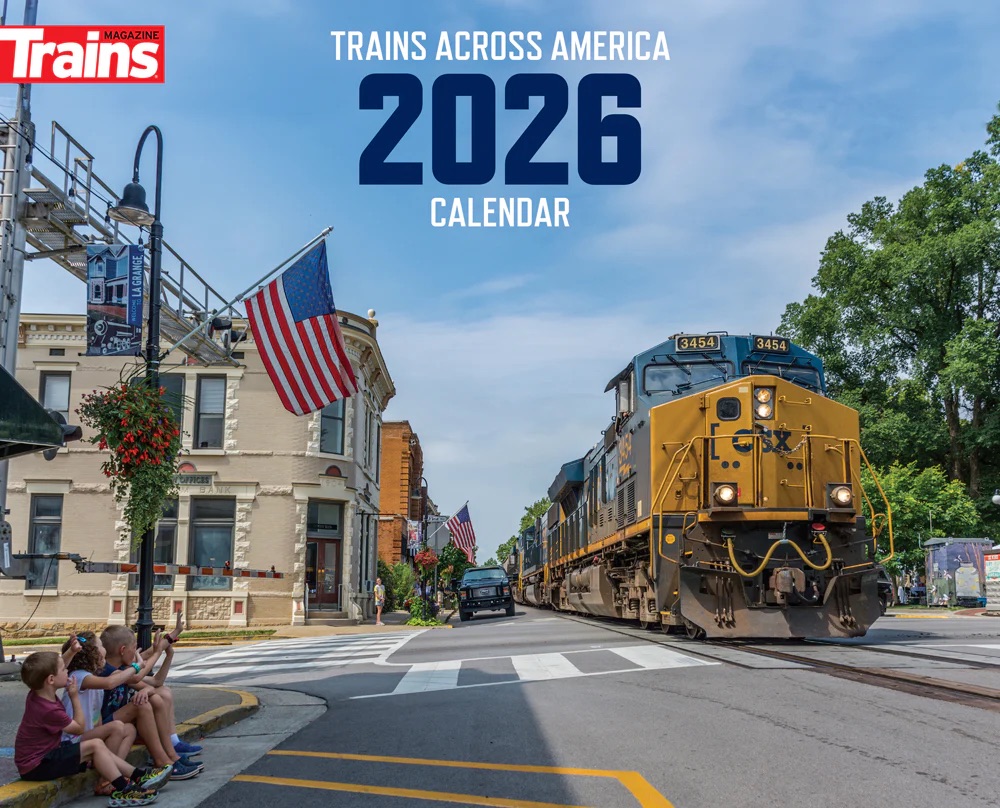
It’s interesting that during the Press Conference at Washington Union Station on Wednesday (Aug 27th) morning, Amtrak President Roger Harris was the ONLY speaker who used a pre-written script, from which he read his ENTIRE speech. All other speakers, including Transportation Secretary Sean Duffy, Amtrak Board Chairman Anthony Coscia, the CEO of Alstom and others, spoke ‘off-the-cuff’ without the use of notes or cards. This enabled them to make lots of direct eye-contact and use communicative hand-gestures. The overall result is that Amtrak President Harris came across as stiff, robotic, ill-at-ease and disconnected. All other speakers gave impassioned, heart-felt remarks and appeared knowledgeable about Amtrak and the transformation the Next-Gen trains bring to the realm of rail travel in the United States. The casual observer was given the undeniable impression that Mr. Harris was simply handed the speech and he was unable to talk about the Next-Gen Acela or Amtrak without the written text. Not a good look, as the President of Amtrak, at a major press conference promoting the new trains.
Enjoy your ride Bob Johnston!
Dr. Güntürk Üstün
Awesome news and congratulations! On the other hand, let’s not forget that the NEC rail infrastructure should be upgraded…
Dr. Güntürk Üstün
They are, apparently, leased, and will be scrapped. Correct me, if I am wrong, but that was my understanding when I asked that a while back. Seemed to me they could be used on NE Regional services on the Corridor to alleviate the Amfleet shortage until the new Siemens trains are built which will take several years. Perhaps they will find new life as reefs somewhere in the ocean.
MIKE —– If my memory is correct these cars (and power cars) are about 26 or 27 years old, and probably more miles per year than most equipment. Any idea of their structural integrity? Maintainability? Plumbing, doors, windows, HVAC, etc. all must be maintained with whatever spare parts are available.
Remember that trainsets in the existing veteran Acela fleet range between 22 and 25 years old.
Dr. Güntürk Üstün
Now the fun begins as we see the actual, day-by-day experience running these trains. Reliability, achieving speed improvement over existing track, upgraded schedule times, food service, noise complaints from higher speeds through towns, etc. Very much hope that all goes well. What will happen to the old equipment sets as they are phased out? Maybe send them to California?
Frankly, at least one power car (plus some passenger cars) of the old Acela units must be preserved in a railroad museum since they are an undeniably important part of American rail history…
Dr. Güntürk Üstün